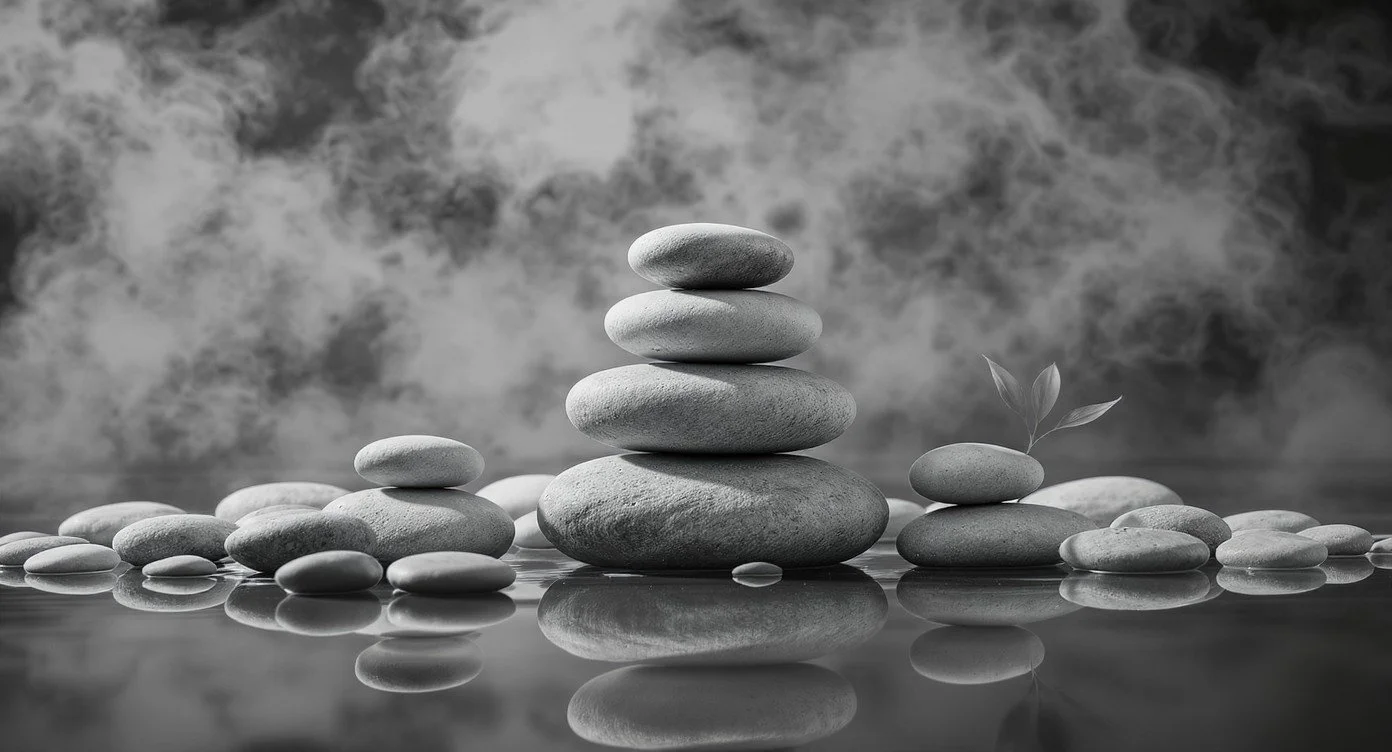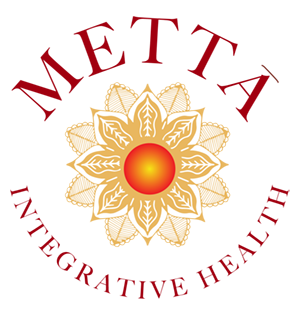
What is homeopathy?
Integrative Therapy
Homeopathy as an integrated therapeutic modality was founded in Germany over two hundred years ago by a physician, Dr. Samuel Hahnemann (1755-1843). However, the theory dates far back in human history to the time of Hippocrates, called the father of Western medicine.
Homeopathy is practiced according to well established fundamental principles that are tried and tested for 230 years. It is based on the principle that like cures like. This means that a substance that is capable of producing certain effects on a healthy human being is also capable of curing similar symptoms when they appear as an illness. For example, Ipecac, if taken in a crude dose by a healthy person will cause vomiting; but when taken in a homeopathically prepared microdose will cure vomiting.
This approach has been verified in the successful clinical treatment of millions of people around the world. Rigorous scientific research has also verified efficacy of homeopathy with over 1200 controlled trials as of 2021. The therapeutic sphere of action for each substance is revealed through controlled, typically double-blind, experiments called “provings”. In a proving, a homeopathically-prepared substance is given to a group of healthy human volunteers “provers”. The provers record everything they experience—physically, mentally and emotionally—during the proving. Each provers symptoms are carefully collated and analyzed to clarify the overall symptom picture produced by that substance.
Fundamental Principles of Homeopathy
Similarity: “Like cures like”. Healing is available by matching the symptoms a remedy substance can produce in a healthy person to similar symptoms experienced by an unhealthy individual.
Individualized: The treatment is tailored to the unique expression of the individual experiencing the dis-ease, as opposed to treating the disease.
Totality: The complete symptom profile of the client - physical, mental and emotional - is matched to the symptom profile of the remedy.
Minimum Dose: Determining the least amount of remedy needed to effect the necessary change by encouraging the self-healing properties of the body to re-engage.
Single Remedy: The administration of one remedy at a time.
Provings : Using quality proving research data to inform clinical decisions.
What are homeopathic remedies?
Homeopathic remedies are derived from many sources in the natural world - typically plants, minerals or animal products. After triturating a mineral material -- a methodical grinding process -- or tincturing a plant material the base substance is then dissolved in alcohol-water solution. At this point the selected substance goes through a long process of repeated dilution and succussion, which is like a vigorous shaking. This procedure attenuates, or stretches out and refines, the original substance. So further down the line, when you do this hundreds of times, the original material breaks down into energetic nanoparticles which we can now see under electron microscopes.
In homeopathy this highly refined dilution, which has no actual molecules of the original substance, is called a potentized solution. That’s why toxic substances such as Belladonna, Arsenicum or Lachesis – which is snake venom - can be prescribed as remedies, because no actual gross molecule exists after the potentization process.
How does homeopathy work?
Energy-Based Healing: Where Science Meets the Subtle
Everything in our world — from the tiniest cell to the furthest star — is governed by energy. It flows, vibrates, and organizes life itself. Homeopathy works within this energetic framework, tapping into the subtle frequencies that shape health and vitality.
And yet, even in our age of advanced technology, energy remains one of science’s greatest frontiers. We harness electricity, magnetism, and radiation every day — powering cities, imaging our bodies, and reaching deep into space — but their full nature is still not entirely understood. Homeopathy lives in this same mysterious intersection where human potential meets universal intelligence.
The Physics of Possibility
Homeopathy’s effectiveness resides at the leading edge of modern physics, within the realms of quantum theory and energy medicine. Nobel Prize-winning physicists are exploring how the potentization process — the repeated dilution and succussion of a substance — amplifies and imprints its energetic signature into water’s crystalline structure.
The findings are profound: water appears to “remember” the electromagnetic fingerprint of the original substance. While traditional chemical medicine struggles to explain this phenomenon, quantum physics opens new windows into how information, not just molecules, may guide the body’s innate intelligence toward healing.
The Evidence Is Growing
Far from being “mystical,” homeopathy’s energetic principles are increasingly supported by nano- and biophysics research. Using advanced imaging, scientists have observed that during potentization, distinct electromagnetic patterns become etched into the water’s structure — each remedy carrying a unique vibrational frequency.
When this frequency resonates with the energetic pattern of a person’s imbalance, it communicates directly with the vital force — the organizing intelligence within the body — triggering its natural capacity to heal.
In essence, a homeopathic remedy is not a chemical intervention. It’s a signal — a precise, energetic message — awakening the body’s memory of balance and vitality.
The Takeaway
Homeopathy invites us to rethink health, medicine, and the very nature of reality. It challenges the boundaries of conventional science, opening a conversation where ancient healing traditions meet the frontiers of quantum discovery. The more we learn, the more we realize:
Healing isn’t just about chemistry. It’s about energy, information, and resonance — the language your body already speaks.


